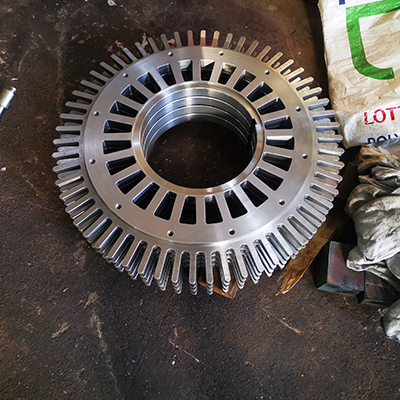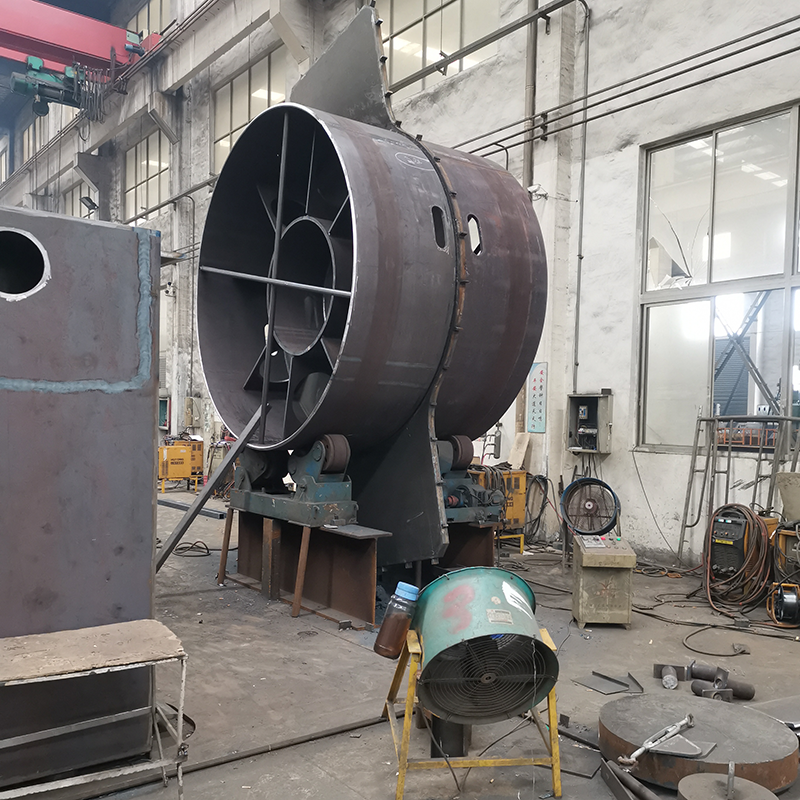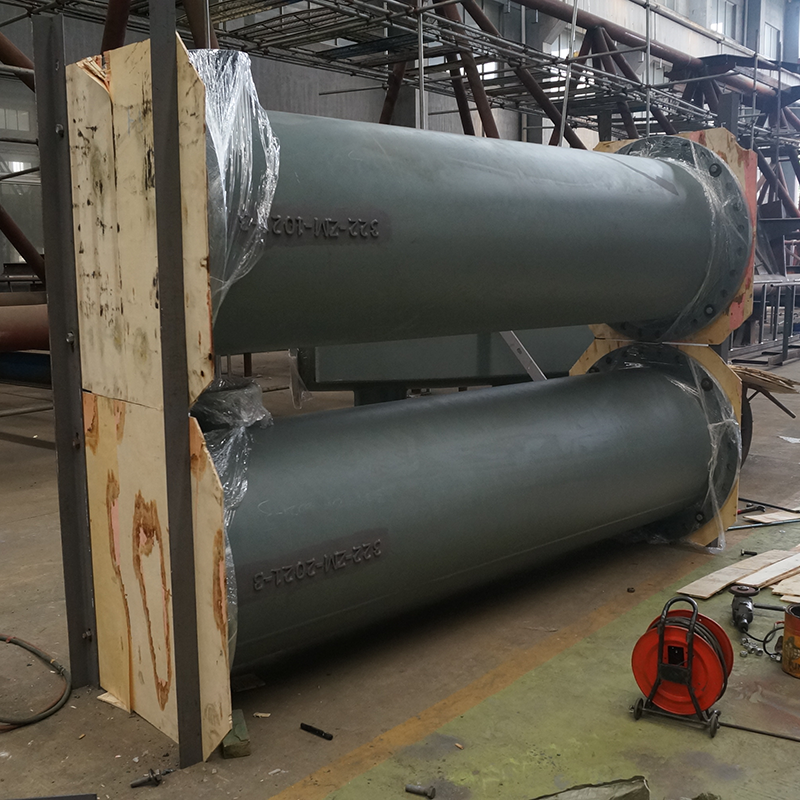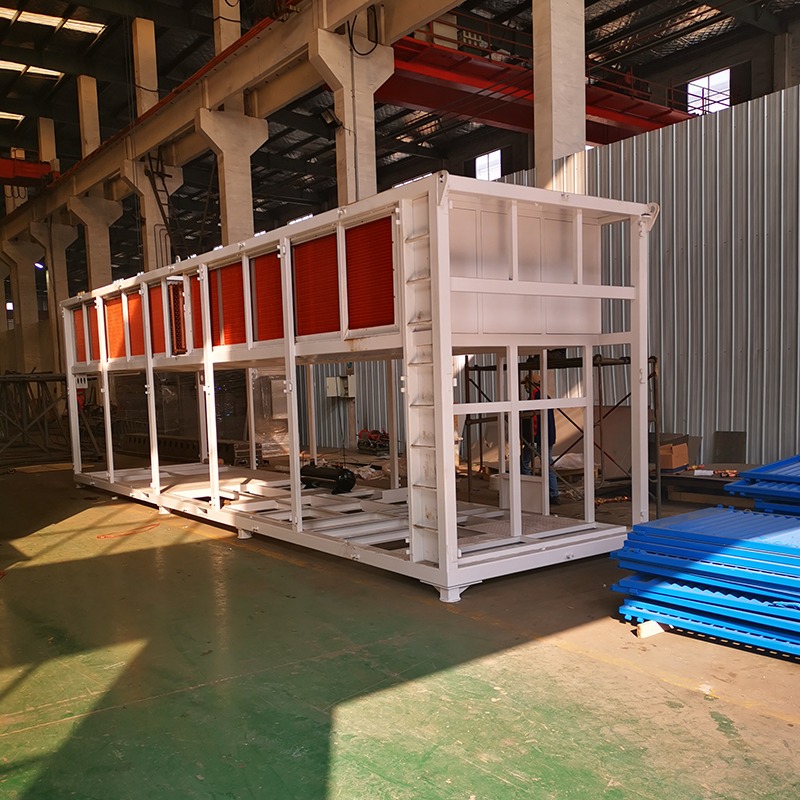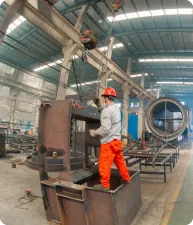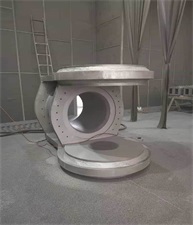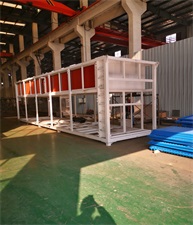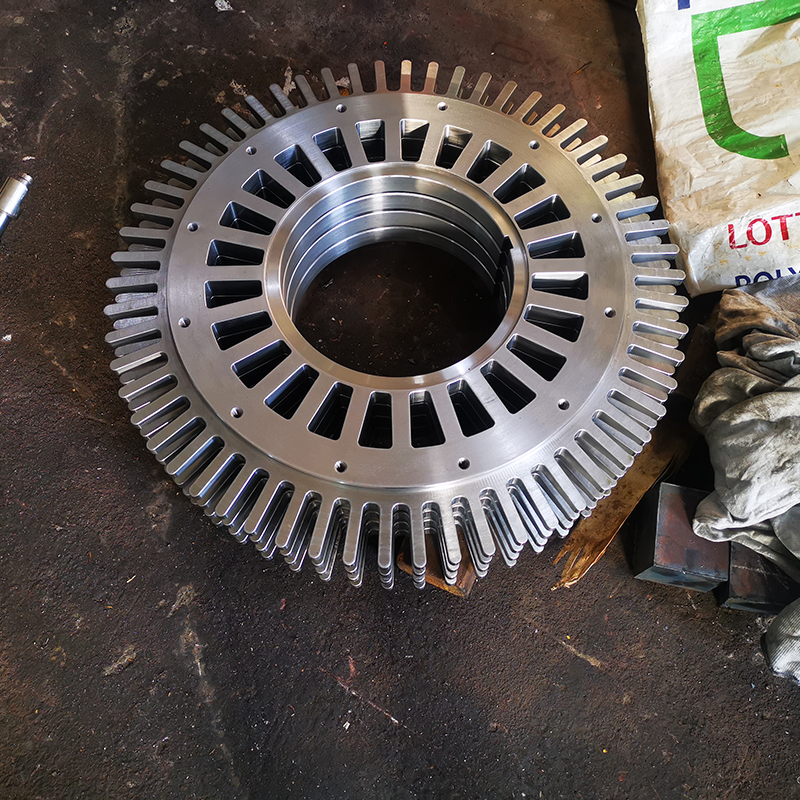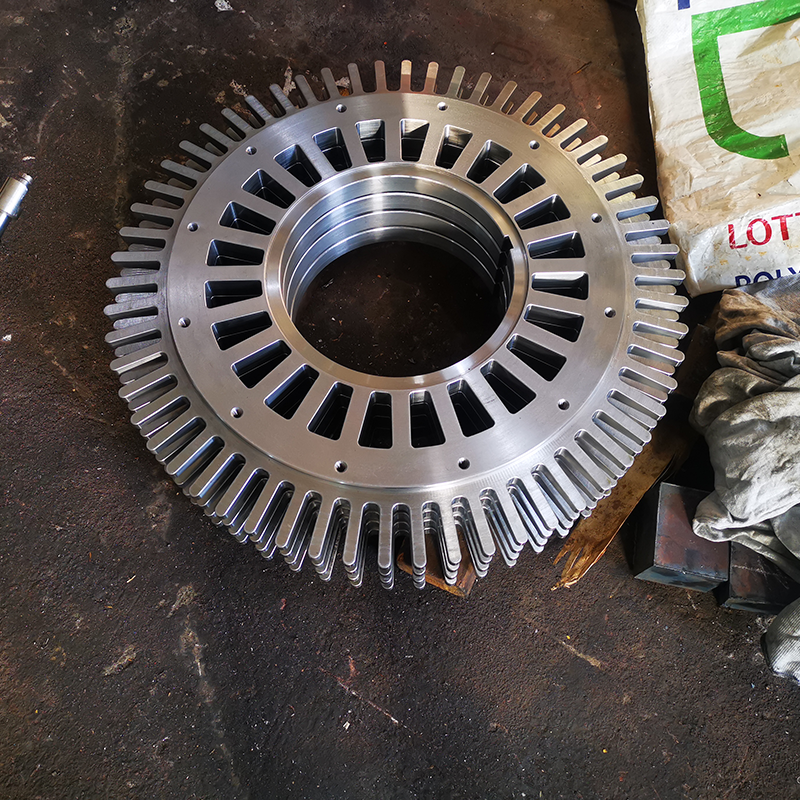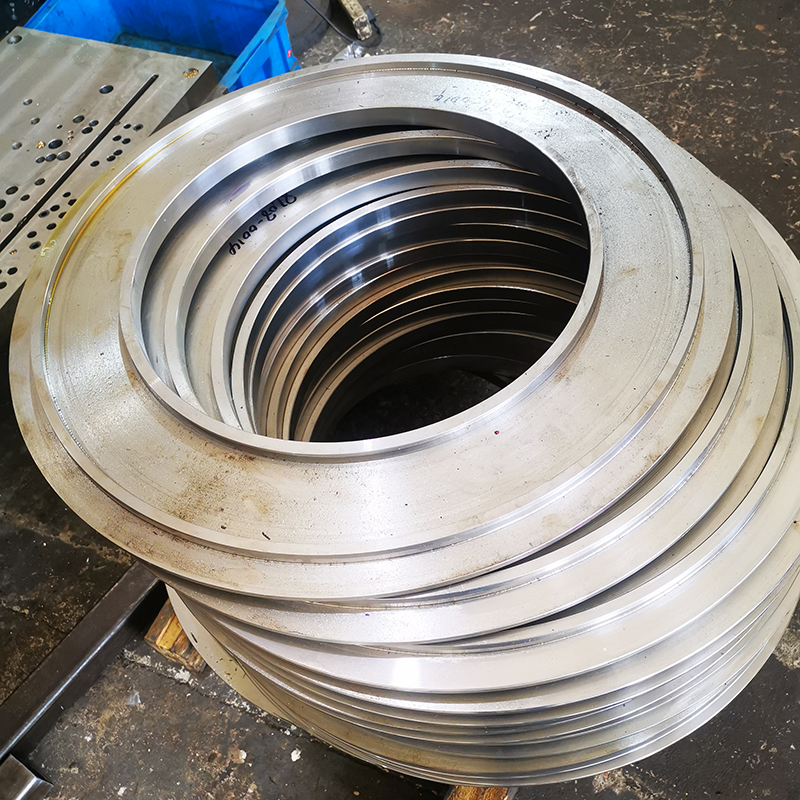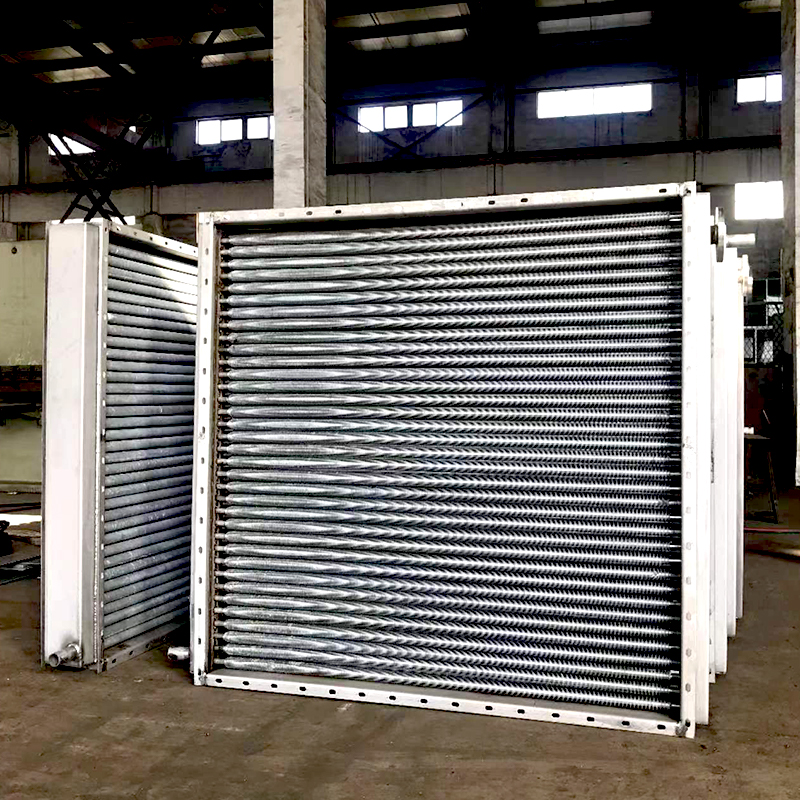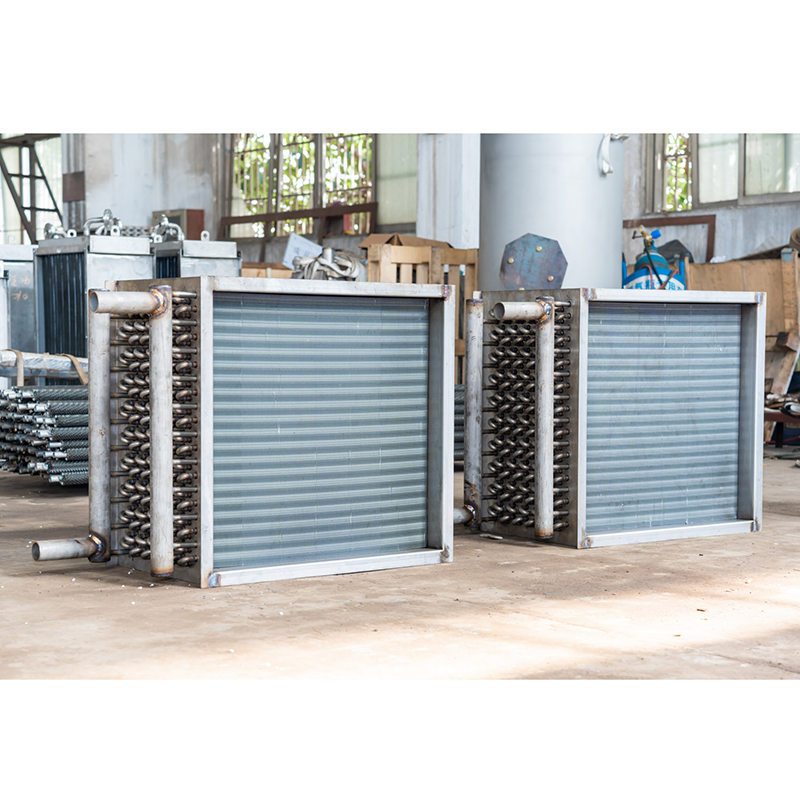Gears are widely used in various mechanical transmission systems, including automobiles, ships, aircraft, factory machinery, etc.
1. Automobiles
Gears are widely used in automobiles. They are usually used in components such as gearboxes, drive shafts, differentials and engines. For example, the gears in the gearbox are connected to the output shaft through bearings to convert the torque output by the engine into the driving force of the wheels. These gears usually need to have high strength and precision to ensure that the car can run smoothly and efficiently.
2. Ships
Gear transmission systems are also widely used in ships. For example, marine generators need to convert the high-speed rotation output of the engine into the appropriate speed through a series of gear reducers to drive the generator and provide electricity to the ship. In addition, gears are also commonly used in the propulsion device of ships, which can convert the high-torque and high-speed rotation output of the engine into sufficient propulsion.
3. Aircrafts
Gears are also widely used in aircraft, such as in the landing gear of the aircraft, the slats and flaps that drive the wings, and the propellers that drive the aircraft. These gears need to have high strength, precision and lightness to ensure that the aircraft can fly smoothly and efficiently.
4. Factory Machinery
In factory machinery, gears are often used in many important transmission parts, such as machine tools, conveyors, heavy machinery, etc. In machine tools, gears are often used to drive tools for various turning operations. On conveyors, gears can transmit torque to various transportation equipment through transmission belts or chains. On heavy machinery, such as forklifts and cranes, gears are often used to drive mechanical arms and heavy-load platforms.
In summary, gears are an important component widely used in various mechanical transmission systems. They have strong transmission capacity, high precision and reliability.
Advantages of gears
1. High transmission efficiency: Gears are a rolling friction transmission method with low friction loss and high transmission efficiency, which can usually reach more than 95%.
2. High precision: Gears achieve transmission through the precise matching of gear tooth profile and number of teeth, so they have high precision and stability.
3. Low noise: When the gears are in transmission, there is only rolling contact at the meshing points of the gear tooth surfaces, and no friction vibration and impact will be generated, so the noise is low.
4. High reliability: The gear transmission structure is simple, the reliability is high, and it has certain impact resistance and durability. It is suitable for mechanical equipment with high load and high power transmission.
5. Strong adaptability: Gears can achieve different transmission ratios through different tooth number combinations, which can adapt to different working occasions and requirements.
Spur Gears
Spur gears are simple gears with teeth parallel to the axis of the gear and are used to transfer power between parallel axes.
Applications of Spur Gears:
Spur gears are mainly used to reduce speed and increase torque. They are also used at high speeds in some consumer products. Following are the applications of spur gears in several products.
• Blenders
• Washing machines
• Automobiles
• Bicycles
• Mechanical clocks, etc.
Advantages of Spur Gears
• Simple design
• Easy to manufacture
• Low cost and high efficiency
• Various gear ratios can be achieved
Disadvantages of Spur Gears
• Loud noise
Helical Gears
Helical gears have teeth that are inclined to the axis of the gear. For the same tooth width, the teeth of helical gears are longer than those of spur gears. Therefore, they can transfer more power between parallel axes than spur gears.
Applications of Helical Gears
Helical gears are used to transfer heavy loads between parallel axes at very high speeds. Following are the applications of helical gears in various products.
• Automobile gearboxes
• Printing and other machinery
• Conveyors and elevators
• Factory automation, etc.
Advantages of Helical Gears
• Higher load carrying capacity and contact ratio than spur gears.
• Smoother and quieter than spur gears.
• Good accuracy rating
Disadvantages of Helical Gears
• Lower efficiency compared to spur gears.
• The helix angle also increases axial thrust on the shaft.
Herringbone and Double Helical Gears
Double helical gears have opposing helical teeth with grooves between the teeth. Herringbone gears have no grooves. Both gear types are used to transmit power between parallel shafts.
Herringbone and double helical gears have the advantage of balancing bidirectional axial thrust compared to helical gears. Therefore, they are used in high load-carrying requirements, such as differentials and heavy machinery.
Advantages of Herringbone Gears
• Reduced axial forces
• Smoother transmission and engagement
• Reduced noise
• Self-centering capability
High load capacity
Disadvantages of Herringbone Gears
• Difficult to manufacture
• High cost
Rack and Pinion
A rack is a cylindrical gear with an infinite radius, while a pinion is a type of spur gear. They are used to convert rotary motion to linear motion, or vice versa.
Since it is impossible to have an infinitely long rack in practice. Therefore, racks and pinions are not used to transmit continuous motion. They are used to transmit reciprocating motion.
Applications of Rack and Pinion
• Converts car steering wheel rotation into lateral motion of the wheel.
• Lifting mechanism
• Forming machine
Bevel Gear
Bevel gear has a conical surface along which its teeth are distributed. This type of gear is used to transmit power in a vertical direction with a higher speed ratio.
Following are the applications of bevel gears in various products
• Machine tools: lathes and milling machines
• Garden equipment
• Positioning equipment
• Automotive differentials and right angle drives, etc.
Based on their structure, they can be divided into two types
1) Spur Bevel Gear
Spur bevel gears are used to transmit power between vertical axes.
Advantages of Spur Bevel Gear
• Operates at high speeds and high loads
• Good accuracy grade
Disadvantages of Spur Bevel Gear
• Difficult to manufacture
2) Spiral Bevel Gear
Spiral bevel gears transmit power between vertical axes. Their applications are similar to spur bevel gears.
Advantages of spiral bevel gears
• Higher load carrying capacity compared to support bevel gears
• Smooth running
Disadvantages of spiral bevel gears
• Lower efficiency compared to support bevel gears
Worm and worm gear
Worm and worm gear have sliding contact of worm (similar to screw) and worm wheel (helical gear). They are used for helical shafts at right angles. To reduce friction. The worm is made of hard material, while the worm wheel is made of soft material.
Applications of Worm and Worm Gears
Worm gears are used in both household appliances and heavy machinery. Some of its applications include:
• Elevators and lifts
• Tuning instruments such as guitars
• Off-road vehicles
Advantages of worm gears
• Gear meshing occurs without any vibration
• Compact drive
• Quieter operation
• High reduction ratio (8-400)
Disadvantages of worm gears
• Generates a lot of heat due to friction
• Low efficiency from 40%-90%
• Higher speed ratios are irreversible
• Lubrication is required to dissipate heat and increase efficiency
Spiral bevel gears
Spiral bevel gears are also called crossed helical gears with large helix angles. They are used to transmit power between two non-intersecting non-parallel axes with relatively low loads and low speeds. Some of the applications of helical gears include instruments, sewing machines, etc.
Disadvantages of helical gears
• Poor accuracy grade
Hypoid gears
Hypoid gears are a type of spiral bevel gear whose axis does not intersect with the axis of the meshing gear. The shape of a hypoid gear is a rotating hyperboloid. In other words, the pitch surface of a hypoid gear is a double-curved surface.
Hypoid gears are commonly used in rear-wheel drive vehicle drivetrains. But now hypoid gears are being replaced by helical gears. But these gears are still common in large vehicles because it can transmit a lot of torque.
Internal gears
Internal gears transmit power between parallel shafts. In this case, the teeth of the larger gear are on the inner circumference, and both the driving gear and the driven gear can run in the same direction. The applications of internal gears involve planetary gear drives (planetary gears, sun gears and planet carriers) and gear couplings.
Advantages of internal gears
• Can be compact
Disadvantages of internal gears
• Due to restrictions on design, manufacturing and inspection
Contact Information for Gear Inquiries
For more information about Gear or to obtain customized solutions, please contact us:
- Contact Person: Frank
- Tel: 86-510-82305188-8060
- Mobile: 86-18605101203
- Mail: frankgu@cmecwuxi.com
- Address: 15-16F, Building A10, No. 777, JianZhu West Road, Binhu District, Wuxi, Jiangsu, 214072. P.R. China
We look forward to collaborating with you and providing robust support and services for your business.

